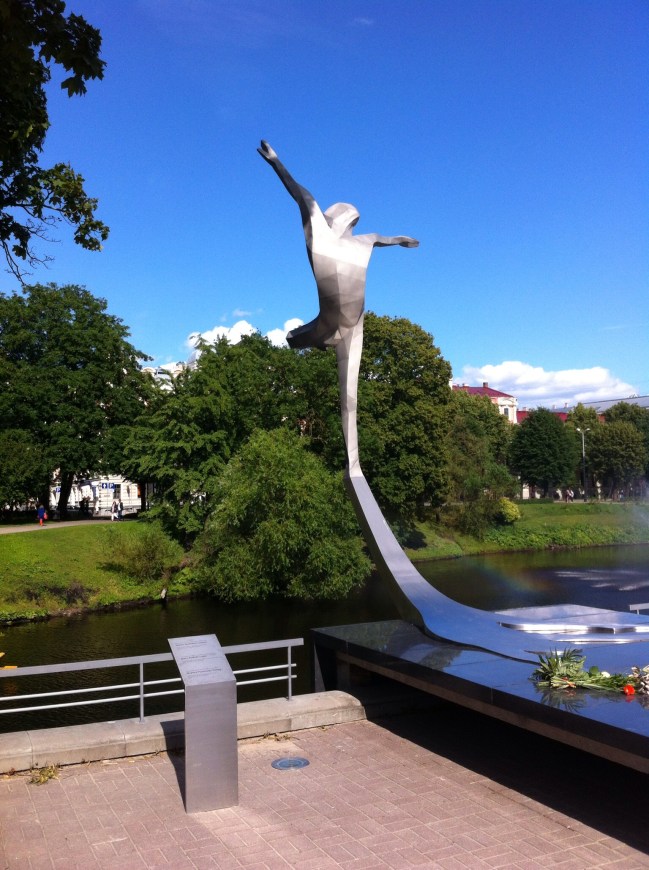I’ve just had a student come with a common request. “Please can you help me prepare for an audition in 2 weeks time. I get so nervous – I’m fine once I get started but the first few bars are usually so bad I don’t get the part!”
Having had a few weeks holiday I thought I might be a bit rusty but in fact it was great to get back into teaching. Here are the tips I suggested:
1. Do what the sports psychologists do and imagine yourself going through the audition process as if you were preparing for a race. Get your family and friends to ‘act out’ the audition panel and put you through your paces.
2. You are being auditioned as soon as you step into the space/theatre/rehearsal room so start the deep breathing in anticipation of the ‘fight or flight’ reflex which will kick in making the breath shallow. The chances are you will have stabilised the breath pattern before you sing instead of three bars into the music.
3. Be prepared: know where your music is, mark it with a tab, check the accompanist is playing in the same key, make sure you have agreed a speed.
4. Where comfortable clothes but not so casual that you don’t feel ‘special’. I did an audition once in wellingtons because it was thick snow outside and it just didn’t work!
5. If it is a Music Theatre/Opera piece, you must have the back story in your mind, prepare a picture in your mind of what you are doing and where you are. Think of each phrase in terms of colours or emotions so that every note has a focus and a direction. This applies to art song as well. You need to build up the emotional layers of your interpretation so that your singing is rich and meaningful.
6. Highlight the ‘money’ notes and plan the architecture of the piece even if it is just a a 16 bar excerpt, you will be amazed at how much you can do in just 4 bars.
Watch out for diphthongs and unusual leaps that might reveal a lack of vocal energy or some insecurity in production. Iron out the diphthongs so you can sing really clear true vowels on the notes that matter.
7. Speak the words through. You may not think of yourself as an actor but it is essential that you have made the lyrics your own. Have fun saying them, angry, sad, flirtatiously etc. you will be amazed at how much that will colour your musical phrasing.
8. Be prepared for the unexpected- no chance to warm up??? then energise yourself, do a few high hums, rolled ‘r’s and walk on, catch the lights in your eyes and give all you’ve got!
9. Think about what you want to get from the audition, you might not get the part you wanted, are there any other parts, can they see something in you you couldn’t see yourself? Every time you sing you learn from your mistakes, so view mistakes as part of your learning curve as a performer.
10. Enjoy yourself or no one else will!
